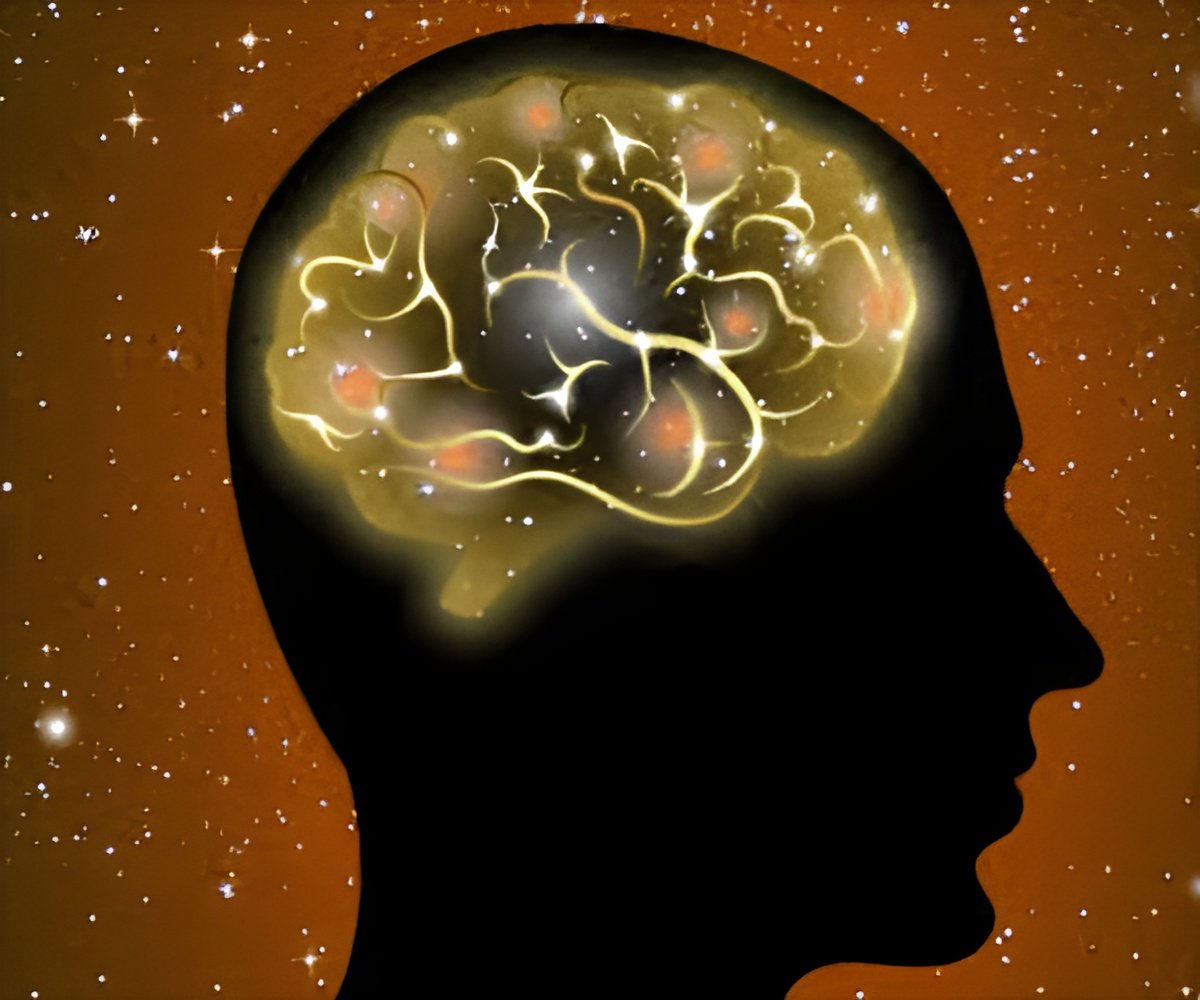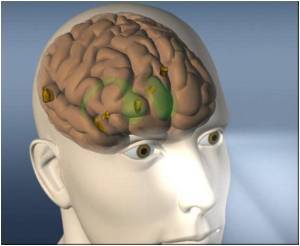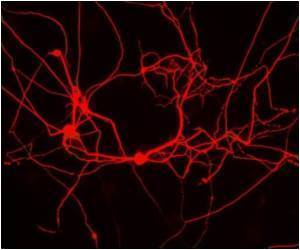Glial cell line-derived neurotrophic factor (GDNF) is best known for its ability to protect dopaminergic neurons from damage.

‘The glial cell line-derived neurotrophic factor (GDNF) is an important physiological regulator of the functioning of the brain's dopamine neurons.’





Dr Jaan-Olle Andressoo from the Institute of Biotechnology has
developed new transgenic mice which have allowed researchers to gain
much more reliable information on the physiological functions of GDNF.
The studies were conducted in close cooperation with the research groups
led by Professor Mart Saarma and Dr Petteri Piepponen, docent of
pharmacology.
The new research results indicate that the GDNF produced in the brain regulates dopamine reuptake. Mice with no GDNF in their brains displayed significantly stronger reuptake of dopamine into nerve endings.
- The reuptake of dopamine is the most important factor regulating the brain's dopamine balance and signalling. In practice this means that differences in GDNF levels might explain certain differences in people's ability to learn or focus, explains Jaakko Kopra, a researcher in Andressoo's group.
In addition, the transgenic mice had an atypically low reaction to amphetamine, which specifically targets the dopamine transporter in the brain. These observations were associated with changes in the functionality, amount and localization of the dopamine transporter in the nerve endings.
So we know that GDNF regulates the amount and localization of the dopamine transporter in the neurons, but we suspect that there may be additional mechanisms. It seems that the relationship between GDNF and dopamine transporter is surprisingly complex, which is of course interesting from a researcher viewpoint, explains Kopra.
Advertisement
This knowledge is crucial for developing new treatments for not just Parkinson's disease, but also for addiction, ADHD and bipolar disorder, as all of these diseases are associated with some type of disorder in the function of the dopamine neurons, and specifically in the dopamine transporter, states Kopra.
Advertisement









